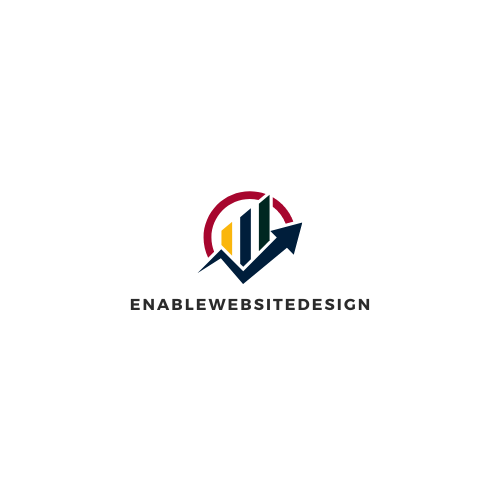Do you want to improve your website’s user experience and performance? A smart and simple way to do it is by adding an engaging page loading progress bar. Implementing a progress bar in your WordPress website can help show visitors the progress of how long it takes for a page to load and gives your website a more professional look. Read on to find out more about adding a page loading progress bar to your WordPress website.
1. Harness the Power of WordPress Page Load Progress Bars
WordPress page load progress bars are an effective tool to help website users and visitors track their progress as they navigate through a website’s pages. Properly implemented and designed, WordPress page load progress bars greatly improve user experience, making it easier and faster for users to find and access content.
Using WordPress page load progress bars can:
- Enhance user experience – progress bars provide users with instant feedback which can help support a positive overall experience.
- Reduce wait times – page load progress bars are visually more compelling than a simple loader wheel, so users will wait less for pages to load.
- Increase engagement – users will better understand their progress and website navigation, providing them with an incentive to continue exploring and engaging the content on the website.
2. Enhancing the User Experience with Loading Progress Bars
Progress bars are an essential visual element for tracking progress for any task. In terms of user experience, progress bars provide the reassurance that the task is being completed, and at the same time gives users a tangible idea of when the task will be completed. With this in mind, progress bars are an essential tool for any app or website.
One great use for progress bars is on websites or apps with a slow loading time. Asynchronous loading and multiple requests can slow down the loading of content, so adding a progress bar helps to keep the user informed of the status of the request. Not only that, but the progress bar can prepared the user psychologically for any content that takes longer to load. Other than loading applications, it could be used to display the status of lengthy tasks like creating a profile, signing up, downloading an application, or any other task that requires waiting.
- Provide reassurance that the task is being completed.
- Give a tangible indicator of when the task will be completed.
- Keep users informed of the status of the request.
- Provide psychological preparation for any content taking longer to load.
3. Taking your Site’s Performance to the Next Level
The success of your website is often contingent on how well you can optimize its performance. With more and more businesses relying on their website as a primary source of interaction with their customers and clients, it’s essential to take steps to ensure your site is running at peek efficiency.
So, how can you take your website’s performance to the next level? Here are a few steps to help you get started:
- Focus on improving website speed
- Upgrade your hosting provider
- Reduce the size of images and videos on your site
- Minify your website’s code
- Disable plugins and extensions you don’t need
The performance of your website is something you should monitor on an ongoing basis. Make sure to regularly check the speed of your website and investigate any slow load times. Proactive optimization can help increase customer satisfaction and loyalty and give you an edge over the competition.
4. Installing and Customizing Page Load Progress Bars in WordPress
Page load progress bars are useful indicators of website performance that can be installed and customized in WordPress. Many WordPress users appreciate visual feedback that the website is actively loading and updating the page. Here are four steps to get up and running with page load progress bars in WordPress.
- Choose your progress bar plugin. There are many third-party WP plugins offering page load progress bars, such as WP Page Load Progress Bar, WP Progress Bar and more.
- Install and activate the desired plugin via the “Plugins” area of the WordPress dashboard.
- Configure the settings as desired. You can adjust the colors, animation types, labels and more. And you can select where the progress bar will display (ex: homepage only, or all pages).
- Save your settings and test the progress bar to make sure it’s working as expected.
If further customization is desired, you’ll need to get comfortable working with CSS. The progress bar plugin settings will guide you to which classes and elements you can target in order to customize the look and feel of your page load progress bar.
A page loading progress bar is an important visual element that can improve the user experience of your WordPress site. With increasing attention to web design, it’s important to stay up to date on the latest trends and consider adding a page loading progress bar. So take a few minutes today to set-up your page loading progress bar and experience the satisfaction of a well-crafted and thoughtful website.
Need a website for your business?
We offer affordable WordPress website design services that helps you create a powerful online presence. Our team of experienced designers has extensive knowledge of WordPress and can create a custom wordpress website design with elementor pro that perfectly reflects your brand and message.



